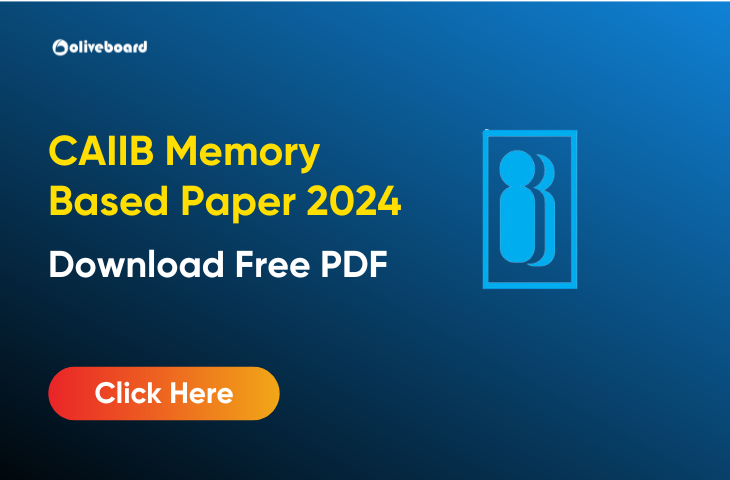CAIIB Study Material
CAIIB Study Material: Preparing for the CAIIB (Certified Associate of Indian Institute of Bankers) exam requires a thorough understanding of various banking and financial concepts, which can be efficiently tackled with the right study material. The syllabus for CAIIB covers diverse topics, ranging from banking regulations and compliance to financial management, risk management, and treasury management.
CAIIB Study Material 2025
Study materials covering the Statistics module delve into sampling techniques, measures of central tendency, regression analysis, and probability theory, all essential for mastering complex banking data. For credit management, resources address key topics like financial statement analysis, working capital finance, credit risk management, and stressed asset resolution.
Why Quality CAIIB Study Material is Essential
Quality study material is very important for anyone preparing for the Certified Associate of Indian Institute of Bankers (CAIIB) exam. Here’s why it is essential:
- Complete Coverage of the Syllabus
The CAIIB exam covers many topics like credit management, risk management, banking regulations, and financial management. High-quality study material ensures that all these topics are covered in detail, making it easier to prepare for the exam. - Clear Understanding of Concepts
The exam requires a deep understanding of complex banking topics. Good study material breaks down difficult concepts into simple terms, helping you understand them better. This makes it easier to learn and apply the concepts when needed. - Accurate and Relevant Information
Quality study material provides accurate and updated information. As the banking industry is always changing, it is important to have study resources that include the latest updates on laws, regulations, and practices. This ensures you are well-prepared for the exam. - Helps You Manage Your Time
With good study material, you can follow a structured study plan. The material is organized in a way that helps you focus on important topics and avoid wasting time on unnecessary details. This helps you stay on track and use your time effectively. - Practice and Application
Good study material includes practice tests, case studies, and sample questions. These help you apply what you’ve learned and prepare for the type of questions you’ll face in the exam. Practicing regularly boosts your confidence and improves your exam performance. - Better Understanding of Legal Aspects
The CAIIB exam tests your knowledge of banking laws and regulations like the FEMA (Foreign Exchange Management Act) and SARFAESI Act. Quality study material provides clear explanations of these laws, helping you understand their importance and application in banking operations. - Increased Confidence
Using quality study material helps you feel more prepared for the exam. When you understand the concepts clearly and have practiced enough, you will approach the exam with greater confidence and reduce the chances of making mistakes.
Importance of CAIIB Certification
- Career Growth: CAIIB certification opens up higher-level job opportunities in banks and financial institutions.
- Knowledge Enhancement: It helps professionals understand complex banking functions and enhances their managerial skills.
- Recognition: It provides recognition as an expert in banking operations, which can help in promotions and salary increments.
CAIIB Exam Dates for 2024
Before diving into the study material, let’s first look at the CAIIB exam schedule. The exam for the November-December cycle will take place on the following dates:
| Date | Exam Day |
| 24th November 2024 | Day 1 |
| 1st December 2024 | Day 2 |
| 8th December 2024 | Day 3 |
| 14th December 2024 | Day 4 |
| 15th December 2024 | Day 5 |
Online Resources for CAIIB Exam Preparation
Oliveboard is one of the best online platforms for preparing for the CAIIB exam. Here is why it should be your go to resource for CAIIB preparation:
- Comprehensive Study Material
Oliveboard offers well-structured study materials covering all CAIIB exam topics, including Credit Management, Risk Management, Financial Management, and Banking Regulations. The material is updated regularly to align with the latest syllabus and exam trends. - Expert-Led Live Classes
Oliveboard provides live classes taught by experienced faculty who break down complex banking concepts into easy-to-understand lessons. This helps you gain a deeper understanding of difficult topics and prepares you for the exam with clarity. - Mock Tests and Practice Questions
Oliveboard’s CAIIB mock tests closely simulate the actual exam environment. These tests help you get familiar with the exam format, manage time effectively, and identify areas of improvement. You’ll also have access to a wide range of practice questions that cover all subjects in the CAIIB syllabus. - Personalized Performance Analysis
After taking mock tests on Oliveboard, you get detailed performance analysis. This helps you track your progress, analyze your strengths and weaknesses, and focus on areas that need improvement. Regular assessments ensure you’re always on the right track. - Interactive Doubt Clearing Sessions
Oliveboard also offers doubt-solving sessions where you can interact with expert instructors. This ensures you get personalized help with any tricky topics or questions you may have during your preparation. - User-Friendly Mobile App
Oliveboard’s mobile app allows you to access study material, live classes, and mock tests on the go. Whether you’re traveling or at home, you can stay on top of your CAIIB preparation with ease. - Affordable and Value-Added Packages
Oliveboard offers various packages, including the Banking Maha Pack, which provides access to all CAIIB courses, study material, mock tests, and more. These affordable packages are designed to give you the best value for your money.
Understanding the CAIIB Syllabus
The CAIIB 2025 Exam consists of 100 questions for 100 marks with no negative marking. The syllabus is designed to improve conceptual understanding for aspirants.
Compulsory Papers
- Advanced Bank Management (ABM)
Focuses on banking strategies, risk management, and financial products. - Bank Financial Management (BFM)
Covers financial management, capital structure, and risk management in banks. - Advanced Business and Financial Management (ABFM)
Includes business valuation, mergers, acquisitions, and capital budgeting. - Banking Regulations and Business Laws (BRBL)
Covers banking laws, regulations, and compliance.
Elective Papers (Choose one)
- Rural Banking
- Human Resources Management (HRM)
- Risk Management
- Central Banking
- Information Technology and Digital Banking
For a complete syllabus overview, click here to check the syllabus.
Importance of Choosing the Right CAIIB Study Material
Selecting the right CAIIB study material is crucial for successful exam preparation.
- Comprehensive Coverage: Quality study material ensures that all topics from the syllabus are covered, helping you avoid missing any important concepts.
- Conceptual Clarity: Properly structured material breaks down complex topics into easily understandable segments, enhancing conceptual understanding.
- Time Efficiency: With the right material, you can save time by focusing on the essential topics, avoiding unnecessary content that may not be relevant to the exam.
- Updated Content: Bank exams evolve with changing regulations and practices. Reliable study material is regularly updated to reflect the latest exam patterns and industry trends.
- Practice and Mock Tests: Good study material often includes practice questions and mock tests, which are essential for self-assessment and improving time management.
- Boosts Confidence: Having the right study material gives you a clear path, reducing confusion and boosting your confidence as you approach the exam.
CAIIB Study Material – IIBF Recommended Books
Using the right books can significantly enhance your preparation. The IIBF recommends specific Oliveboard for each subject in the CAIIB exam. Here’s a list of essential books:
| Name of the Book | Edition | Publisher | Price |
| Advanced Bank Management | 2024 | M/s Macmillan India Limited | Rs.930/- |
| Bank Financial Management | 2024 | M/s. Macmillan India Limited | Rs.1005/- |
| Banking Regulations & Business Laws | 2024 | M/s Macmillan India Limited | Rs.860/- |
| Advanced Business & Financial Management | 2024 | M/s. Macmillan India Limited | Rs.810/- |
Link to Buy IIBF Recommended Books
Candidates can purchase the IIBF-recommended books through online platforms like Amazon and Flipkart. Here are direct links for easy access:
| Subject | Amazon | Flipkart |
| Advanced Bank Management | Buy Here | Buy Here |
| Bank Financial Management | Buy Here | Buy Here |
| Banking Regulations & Business Laws | Buy Here | Buy Here |
| Advanced Business & Financial Management | Buy Here | Buy Here |
CAIIB Study Material – Supplementary Material
In addition to the recommended oliveboard, candidates can benefit from supplementary materials that reinforce their learning. Here are some valuable resources:
- CAIIB Notes by Oliveboard: These notes break down complex concepts and provide practice questions.
- Let’s Crack CAIIB: An online course that offers extensive coverage of the CAIIB syllabus.
- CAIIB Preparation App: Downloadable apps that provide quizzes and study materials on-the-go.
- YouTube Sessions: Various channels provide video explanations and tips for CAIIB exam preparation.
- CAIIB Mock Tests: Taking mock tests is crucial for evaluating your preparation. Attempt a free CAIIB mock test to identify your strengths and weaknesses.
- Let’s Crack CAIIB – Buy Here
- CAIIB Book List – Check Here
- JAIIB/CAIIB Preparation App – Download Here
- CAIIB Youtube sessions – Check Here
- CAIIB Mock Test 2024 – Attempt Here
Sample Preparation Plan for CAIIB
Here’s a simple 3-month preparation plan, emphasizing key CAIIB study material and regular practice:
| Month | Activities |
| Month 1 | – Cover the basics of ABM and BFM – Study one chapter daily in ABM and BFM |
| Month 2 | – Focus on electives – Complete two chapters weekly – Practice questions |
| Month 3 | – Take full-length mock tests – Review weak areas – Revise key concepts |
CAIIB Study Material – Frequently Asked Questions
A1. It enhances banking professionals’ knowledge and career opportunities.
A2. The Macmillian books as recommended by IIBF are the best resources to use for CAIIB Preparation
A3. Recommended books include titles published by Macmillan India, covering all CAIIB subjects.
A4. They can be bought online through platforms like Amazon and Flipkart.
- CAIIB Electives Exam Analysis 2025, June All Shifts Review
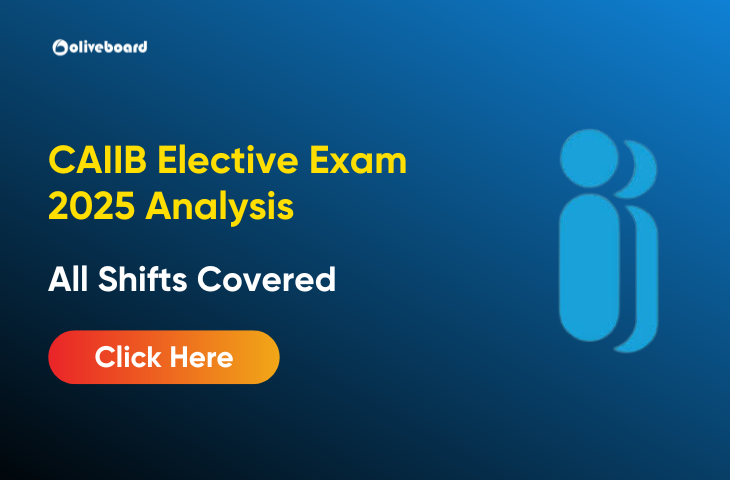
- CAIIB BRBL Exam Analysis 2025, June All Shifts Review
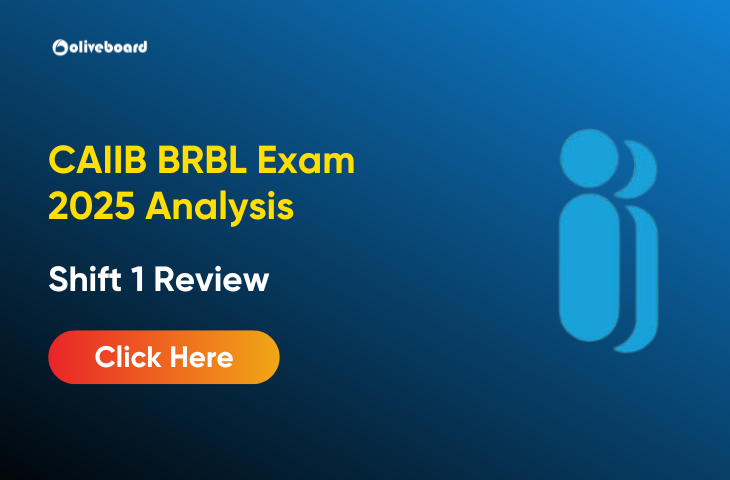
- CAIIB Exam Analysis 2025, May-June Cycle, All Day, All Shifts
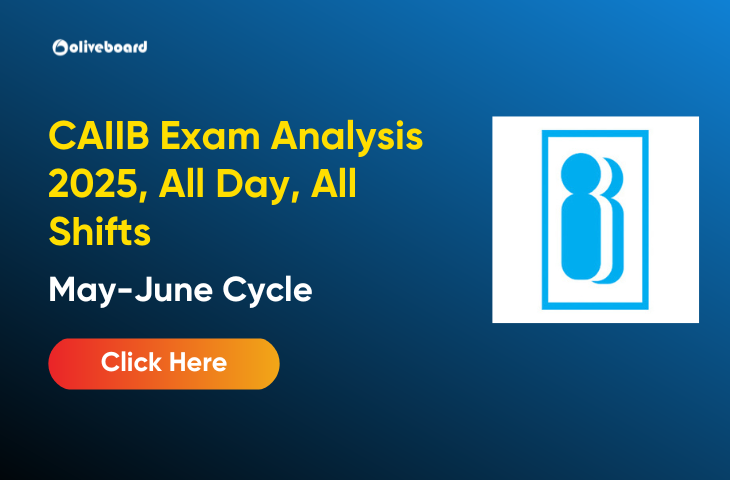
- CAIIB ABFM Exam 2025 Analysis, Shift 1 & 2 – 22nd June 2025

- CAIIB BFM Exam Analysis 2025, All Shift Analysis Released

- CAIIB ABM Exam Analysis 2025, All Shifts, May-June Cycle
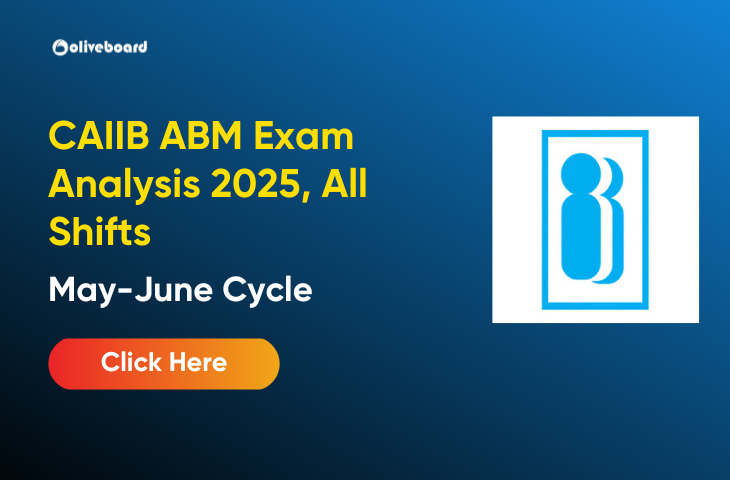
- CAIIB Admit Card 2025, Check Steps to Download Call Letter
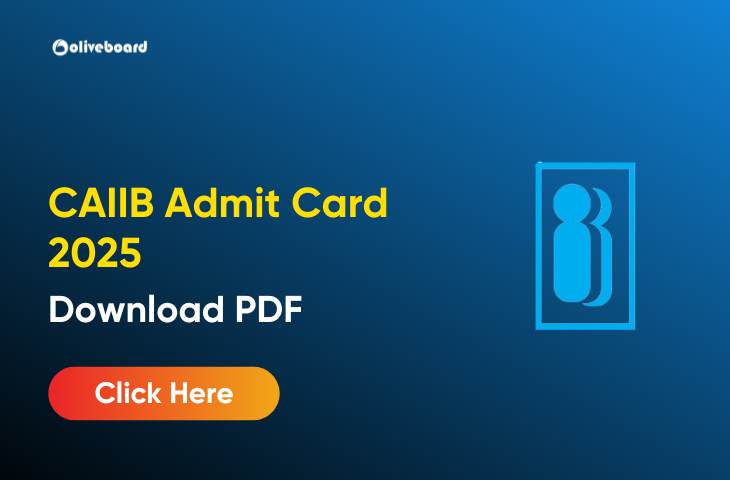
- CAIIB Notification 2025, Check Complete Information
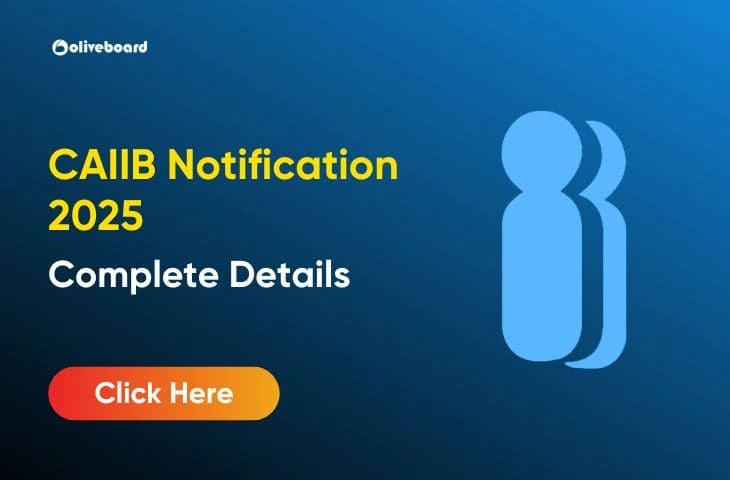
- CAIIB ABM Syllabus 2025, Detailed Syllabus & ABM Exam Pattern

